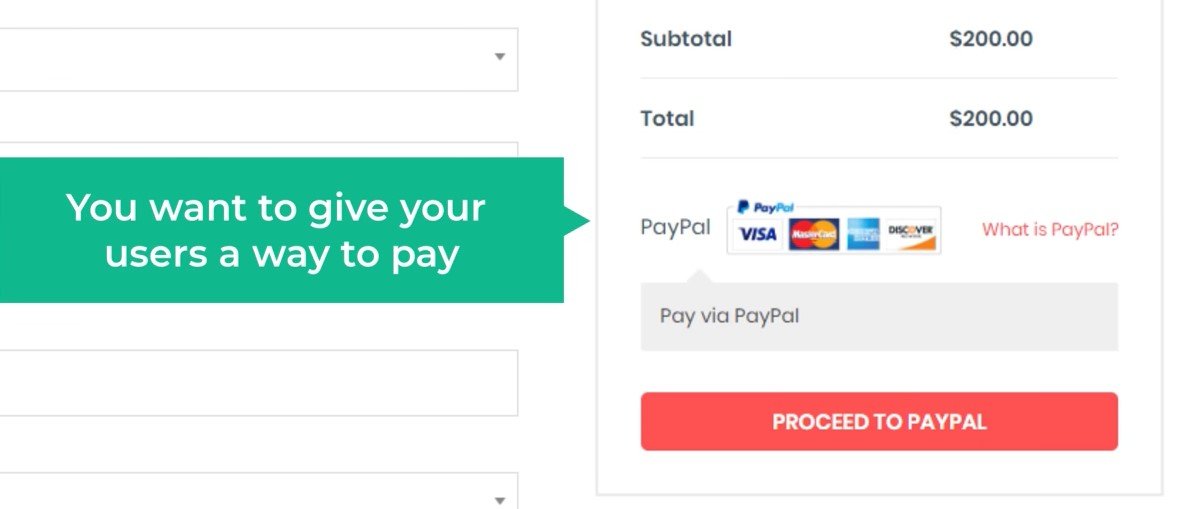To add a Cash on Delivery (COD) payment method to your WordPress website, you’ll typically be working within the context of an e-commerce plugin like WooCommerce, which is the most popular choice for WordPress. Here’s how to do it:
If You Are Using WooCommerce:
WooCommerce has a built-in Cash on Delivery payment gateway that you can easily enable:
- Go to WooCommerce Settings: In your WordPress admin dashboard, navigate to WooCommerce > Settings.
- Click on the “Payments” Tab: You’ll see a list of available payment methods.
- Enable “Cash on Delivery”: Find the “Cash on Delivery” option in the list. If it’s disabled, toggle the switch next to it to the “Enable” position.
- Manage Settings (Optional): Click the “Set up” or “Manage” button next to “Cash on Delivery” to configure its settings:
- Enable/Disable: You can further enable or disable it on this settings page.
- Title: This is the name customers will see during checkout (e.g., “Cash on Delivery”). You can customize it.
- Description: Add any information you want to show customers when they choose COD (e.g., “Pay with cash when your order is delivered”).
- Instructions: Provide specific instructions on how to pay via COD. This might include reminding them to have the exact amount ready.
- Enable for shipping methods: You can choose which shipping methods will offer COD. For example, you might only want to offer it for local delivery. Select the relevant shipping methods from the dropdown.
- Accept for virtual orders: Tick this box if you want to allow COD for virtual products (though this is less common).
- Save Changes: Scroll down and click “Save changes”.
Testing:
After enabling and configuring Cash on Delivery, it’s crucial to test it:
- Go to your website’s front-end and add a product to your cart.
- Proceed to the checkout page.
- In the payment options, you should now see “Cash on Delivery” as an available choice.
- Select “Cash on Delivery” and complete the order.
- In your WooCommerce admin area (WooCommerce > Orders), the order will be marked as “Processing” (by default for COD). You’ll need to manually change the order status to “Completed” once you receive the cash upon delivery.
If You Are NOT Using WooCommerce (or using a different e-commerce plugin):
The process will vary depending on the e-commerce plugin you are using. Here are some general steps and considerations:
- Check Plugin Settings: Most e-commerce plugins have a settings or payment gateway section where you can enable manual payment methods. Look for options like “Manual Payments,” “Offline Payments,” or similar.
- Add a Custom Payment Method: You might need to add a new custom payment method and name it “Cash on Delivery.”
- Configure Instructions: Provide clear instructions to your customers on how the COD payment will work.
- Order Processing: You’ll likely need to manually manage the order status within your chosen plugin once the delivery and payment are confirmed.
Using Plugins for More Advanced COD Features (e.g., Fees, Restrictions):
WooCommerce’s built-in COD option is basic. If you need more advanced features like:
- Adding a fee for Cash on Delivery.
- Restricting COD based on location, order total, or product.
- Charging a deposit for COD orders.
You might need to use a dedicated plugin. Search for plugins like:
- WooCommerce Cash on Delivery Pro: Offers features like deposits, additional fees, and usage restrictions.
- WooCommerce Smart COD: Allows adding extra fees and restrictions based on various conditions.
- Payment Gateway Based Fees and Discounts for WooCommerce: Enables adding fees or discounts based on the selected payment gateway, including COD.
- WooCommerce Dynamic Pricing & Discount Rules: Can be configured to add a fee specifically for the COD payment method.
Important Considerations:
- Geographical Limitations: Decide if you want to offer COD to all locations or only specific areas. You can often configure this within the plugin settings or using shipping zone restrictions.
- Trust and Fraud: Be aware of the potential for fake orders with COD. Consider implementing strategies to mitigate this risk.
- Communication: Clearly communicate the COD process and any associated fees to your customers during checkout.
By following these steps, you should be able to successfully add a Cash on Delivery payment method to your WordPress website. Remember to test it thoroughly to ensure it works as expected.

